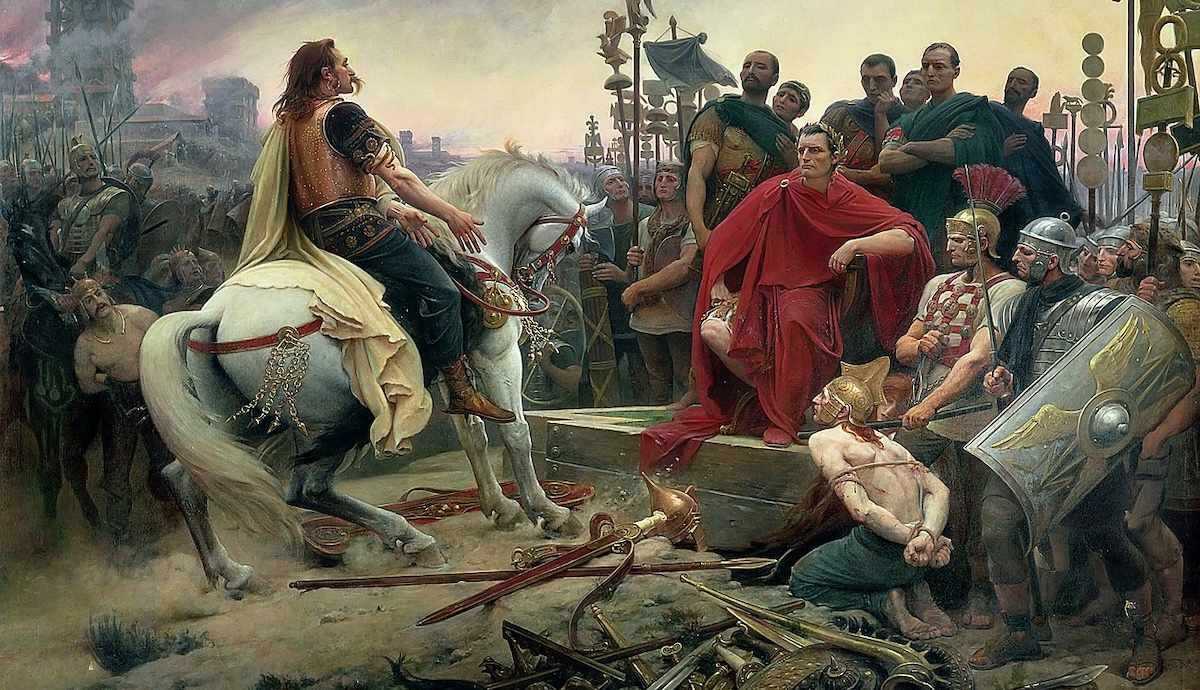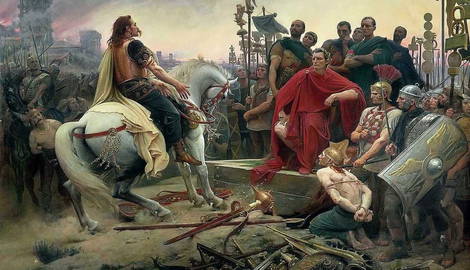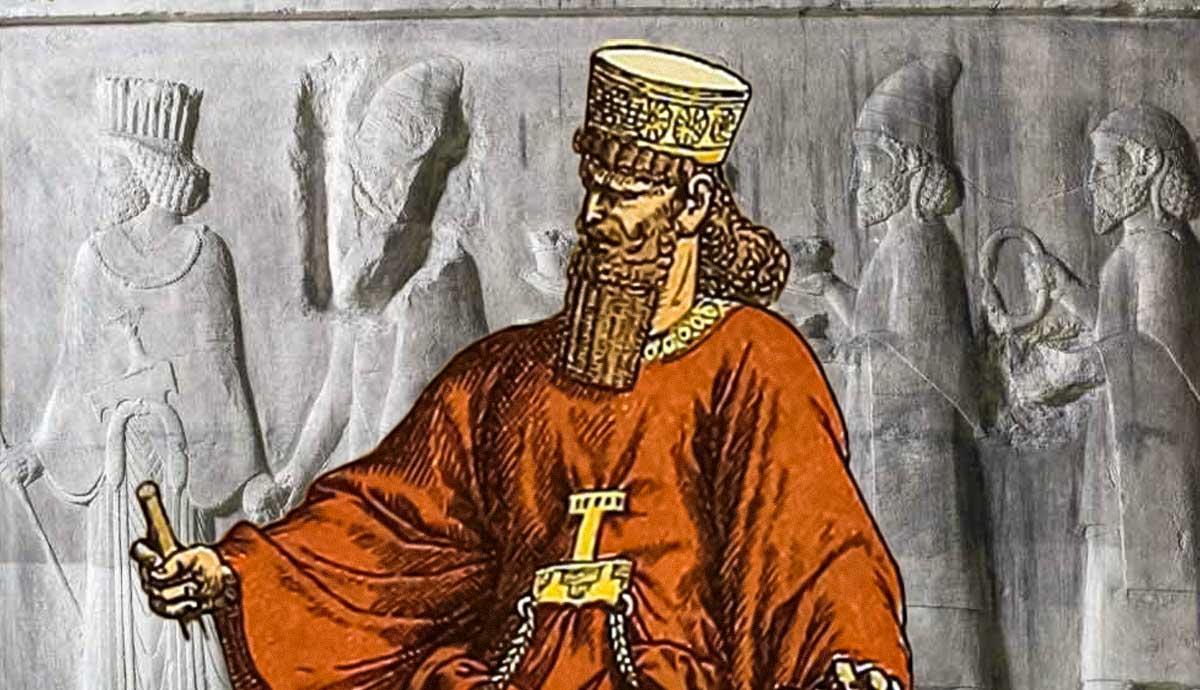
summary
- Caesar surrounded Alesia with two massive walls to trap both defenders and reinforcements.
- Outnumbered six to one, Caesar took advantage of terrain, engineering, and discipline to seize control of the siege.
- Vercingetorix’s surrender ended Gallic resistance and secured Caesar’s path to power.
- Today, Alesia is remembered as a model of successful siege warfare.
In 52 BCE, Julius Caesar’s army was vastly outnumbered and trapped between two massive Gallic forces at the city of Alesia. How did Caesar manage to turn the tide against overwhelming odds? Read on to discover how his Roman army conquered Gaul (modern-day France) and set a new benchmark in military strategy.
Facing Impossible Odds: Caesar’s Desperate Position at Alesia

Julius Caesar, then a Roman military commander, faced what appeared to be certain defeat. Trapped deep in enemy territory during his conquest of Gaul, Caesar’s army of around 60,000 men was caught between two massive Gallic forces: the 80,000 warriors defending the fortified town of Alesia, and a relief army of 250,000 approaching from the outside. Caesar was outnumbered nearly six to one.
The Gauls were led by Vercingetorix, a Gallic king and chieftain of the Arverni tribe. His army was well-prepared and had chosen its position carefully. Alesia, located in modern-day France, sat atop a steep plateau, surrounded by rivers and ravines. The terrain gave the Gauls a major defensive advantage, and Caesar had no clear escape, risking annihilation from two different directions.
The Battle of Alesia was shaping up to be a brutal test of Roman engineering, discipline, and psychological endurance. Caesar rose to meet the challenge.
The Genius of Caesar’s Double-Wall Strategy

Faced with seemingly impossible odds at Alesia, Julius Caesar made one of the most audacious tactical decisions in military history. Instead of retreating, he ordered his men to build two massive rings of fortifications around the city.
The first wall faced inward to trap the defenders inside Alesia. The second, facing outward, protected the Romans from the approaching Gallic relief army. In total, Caesar’s forces rapidly constructed over 20 miles of ramparts, towers, trenches, and traps around Alesia.
The Romans, caught between two threats, managed to hold their position through ingenuity and determination. Caesar’s concentric fortifications created a deadly trap for both enemy forces. This double-wall system became the hallmark of the battle, demonstrating Caesar’s military brilliance.
Psychological Warfare and Battlefield Control: Caesar’s Unseen Tactics

In addition to being intensely physical, the Battle of Alesia was also a display of psychological warfare.
Caesar’s double-wall strategy cut off supplies to Alesia, forcing food shortages amongst the Gauls. Then, when Vercingetorix expelled non-combatants to preserve resources in the city, Caesar refused them passage through Roman lines. They were stuck in no-man’s land between the opposing armies, further intensifying the pressure on Alesia’s defenders.
Outside the walls, the Gallic relief army launched multiple assaults, hoping to break through the outnumbered Romans. But Caesar retained total control of the battlefield, and his troops tirelessly fought on both fronts. Caesar’s ability to manage his army’s morale and optimize their timing turned the tide in Rome’s favor.
Victory at Alesia: Caesar’s Triumph and the Rise of Roman Power

After several failed breakout attempts and heavy losses, Vercingetorix finally surrendered. The collapse of Gallic resistance left Caesar in control of almost all of Gaul.
This moment was much more than a battlefield victory for Julius Caesar. It gave him the political prestige and popularity he needed to rise through the ranks and navigate the events that followed: the crossing of the Rubicon, the Roman civil war, and the eventual end of the Roman Republic.
Why Caesar’s Strategy at Alesia Still Resonates Today

More than two thousand years later, the Roman army‘s victory at the Battle of Alesia still stands as a masterclass in military strategy. Historians and theorists revisit it not just to admire Caesar’s boldness, but to dissect what made his unlikely victory possible:
- Interior lines: Caesar positioned his army between two hostile forces and used shorter, secure routes within his own lines to respond quickly to threats on either front.
- Engineering under pressure: The Romans built two vast rings of fortifications while under constant danger, creating one of history’s most ambitious siege works.
- Mastery of terrain, logistics, and morale: By exploiting Alesia’s geography, cutting off supplies, and controlling the pace of the battle, Caesar neutralized Gaul’s numerical advantage.
- Leadership and adaptability: Caesar’s army remained disciplined and responsive, seamlessly shifting tactics in real time as the battle unfolded.
These same principles echo through Napoleonic campaigns, World War II encirclements, and even modern military doctrine, proving that Alesia’s lessons are far from ancient relics.










